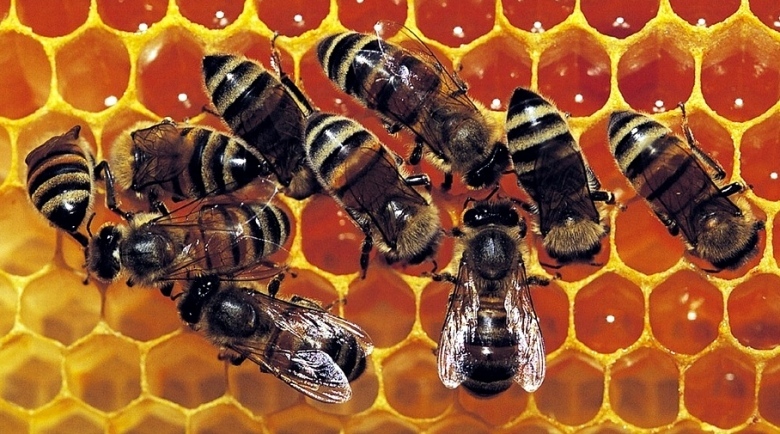
Honey bees can give each other directions using polarized light as a landmark to find potential food. Light becomes polarized as it reaches us through the atmosphere, but the polarization is typically not seen by the naked human eye.
In a new study from the University of Queensland’s Queensland Brain Institute, researchers have found that the very useful (and adorable) waggle dance, which the honey bees perform to inform others about where to find food, is actually based on the patterns of polarized light.
Researchers have previously explored how bees’ eyes see the polarized light and use it to navigate, which has also been studied in ants. With this study, scientists at the University of Queensland have found that the so-called waggle dance bees perform translates that polarized light map of the sky into the movement that guides others. Fellow honey bees will then follow the polarized light, as dictated by the waggles.
Since the polarization of light indicates which direction it comes from, when the honey bee returns to perform the dance on the vertical face of the honeycomb, the axis of the dance indicates in which direction, relative to the light, the food source lies. For the experiment, researchers created artificially polarized light, and monitored the waggle dances produced as the light patterns were changed.
